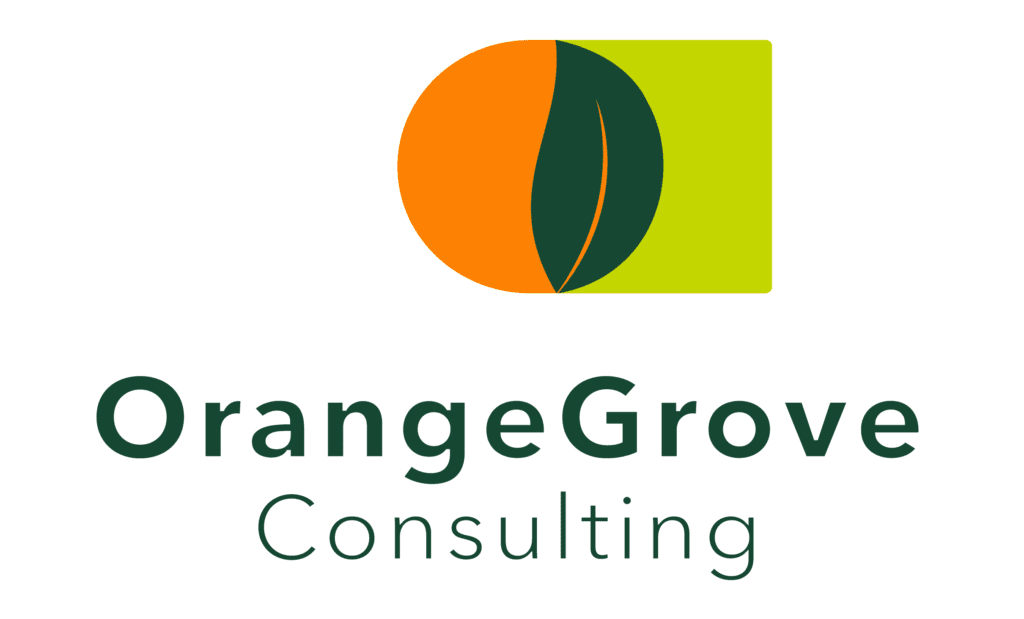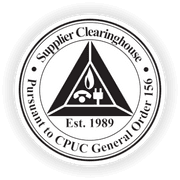Two weeks ago we talked about how focusing on what acronym you use for your inclusion efforts can often be a distraction. Today we are sharing how to impact inclusion through integrating DEI into operational goals. There are a few different ways that your company can integrate DEI strategy to align with overall operational goals. For example, intentionally examining your talent acquisition process to remove bias and unnecessary legacy requirements can have two major advantages: widening the candidate pool and potentially sidelining the talent shortage, and (hopefully) hiring diverse talent and accessing fresh perspectives. Diverse hiring is one of the best ways to get bottom-line business benefits, since a diverse leadership team has been shown to significantly increase financial outperformance.
Another example is to pair employee retention with increasing inclusion in the culture. After you’ve begun hiring a diverse team, it’s essential to provide leaders with inclusive training so they’re ready to manage people from different backgrounds and encourage interactions that promote inclusivity. With these changes, you’ll begin to see greater employee satisfaction and more innovation in no time – which is a recipe for employee retention for talent of all demographic backgrounds
No matter which D&I acronym you choose to use at the end of the day, your organization will ultimately need to back up the term with action. After all, it’s the work that results in meaningful and lasting change toward an inclusive workplace – not the terminology you choose to describe it.
If you’re looking to make your D&I acronym actually mean something in 2022 – whether through strategy assessment, training, or other solutions – contact us to learn more.
Contact Us




